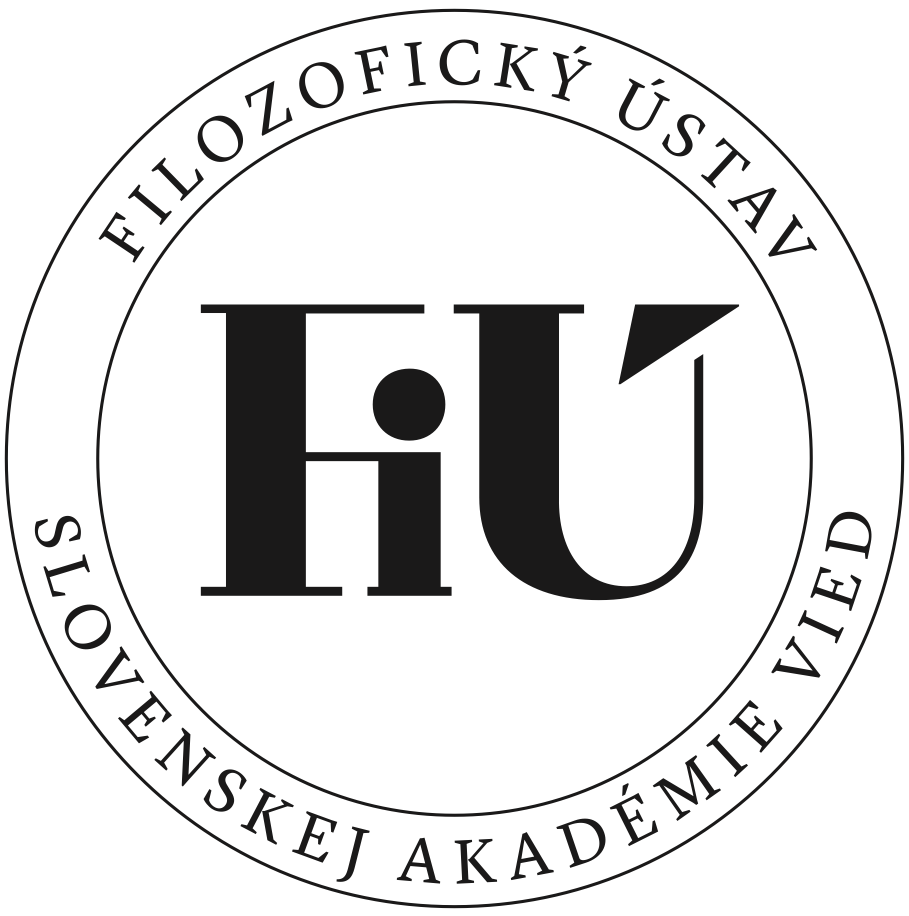Publication Details
On the Discussion on Structuralism
(Original title: K diskusii o štrukturalizme)
Filozofia, 24 (1969), 4, 368-377.Type of work: Papers and Discussions
Publication language: Slovak
Abstract
The development of knowledge and a real progress of science has its source in the dialectic oscillation between the given system of empirical findings and empirical (empiricopractical) reality or empirical being. The scientific empiricism is no empty description; in fact, nothing at all can be described without any cognitive (although rudimentary) presuppositions. That which we designate as a certain fact, depends on its structural connections and, at the same time, on the theoretical attitude as expressed by the given conceptual system. Since reality is not a mosaic of singularities but represents an articulate structure of relations and contradictions, our pieces of knowledge — if they are to be adequate to reality •— have to form a network of connections. Empirical statements, even the relatively immediate descriptions proper, are to be understood contextually because reality itself forms a structure. No scientific concept is an independent entity, but is always constituted in the systemic incorporation to other concepts. The dialectico-structural relations and connections of object express the way of its existence. At each developmental stage of science, those components of structure, whose sub-structure we do not know as yet, appear to be the final elements. The explanation of the dialectico-structural essence of object should he based on its specific moments, if the essence is to be understood adequately. However, this 'essence of the qualitatively specified object cannot be adequately explained quite separately from the developmental dialectics of external reality into which the given object is somehow incorporated; in some regular way, it is in connection with that reality in more superior and broader structures. An extrastructural phenomenon or stimulus is integrated by a certain specifically characterized reality in such a case when it becomes an organic (although contradictory) component of this reality. Every fact or artistic artifact may include a whole set of structures, i. e., it can manifest itself polystructurally. The percipient (aesthetical subject) or appercipient (gnozeological subject) receives now cne and now another of the set of virtual structures. Besides, even the same structure can inanifejt itself under different conditions variably and can be differently interpreted. A concrete interpretation of a work has its source in the philosophical and aesthetic orientation of the interpreter.
File to download: PDF
